Sendung Mit Der Maus
"Sendung mit der Maus," initially known as "Lach- und Sachgeschichten für Fernsehanfänger," debuted on March 7, 1971. It was created by Gert Kaspar Müntefering, Armin Maiwald, and Isolde Schmitt-Menzel with a vision to present educational content in an engaging format suitable for children. The show combined elements of humor with factual stories, helping to explain complex topics in simple terms that children could easily understand. Over the decades, it has evolved significantly, continuously adapting to include more relevant educational themes and incorporating modern technology into its content. Armin Maiwald, one of the key founders, has been instrumental in shaping the program's approach to making knowledge accessible and entertaining (en.wikipedia) (news.ORF.at).
Differentiation What sets "Sendung mit der Maus" apart is its unique blend of entertainment and education, presented in a format that includes both animations and live-action documentaries. The program has a distinctive ability to break down complex scientific, social, and everyday phenomena into understandable segments for children. This educational approach is complemented by high-quality animation and charismatic characters that have become cultural icons in Germany (en.wikipedia) (Erstes Deutsches Fernsehen (ARD)).
How to Get Started To use "Sendung mit der Maus" in a homeschooling environment, simply access its episodes via various broadcasting platforms like ARD Mediathek, KiKA, or even on YouTube where full episodes are available. Incorporating "Sendung mit der Maus" into daily or weekly learning schedules can enhance children’s understanding of the world in a fun and engaging way.
Educational Content
Basic Language Skills: Episodes often feature simple, clear language to explain various concepts, making it an excellent resource for building basic vocabulary and understanding sentence structures.
Cultural Insights: Many episodes include elements of German culture, traditions, and history, providing contextual learning that enriches language comprehension and cultural awareness.
Scientific Explanations: The program explains scientific phenomena in layman's terms, helping learners not only learn about science but also acquire the specific vocabulary and expressions used in scientific discussions in German.
Everyday Life: Common topics include how everyday objects work (like clocks, cars, or household appliances), which can help learners acquire the necessary vocabulary for daily conversations.
Nature and Environment: Discussions about animals, plants, and ecological topics teach relevant vocabulary while also raising awareness about environmental issues in a German context.
Technical and Engineering Concepts: For more advanced learners, episodes that delve into engineering or technical topics provide an opportunity to learn complex vocabulary and industry-specific language.
Art and Music: Occasionally, episodes focus on art, music, or literature, providing exposure to a more nuanced and refined level of language associated with cultural topics.
Interactive Games and Online Resources: The program's website offers games and activities that reinforce the language used in episodes, allowing for practical application of vocabulary and grammar in an engaging way.
What’s Good About It Users love "Sendung mit der Maus" for its educational depth, presented in a manner that is both easy to understand and captivating. The show has successfully educated multiple generations, adapting over the years to remain relevant and engaging. Its approach to integrating cultural and linguistic content also makes it an excellent tool for language learning and cultural exposure (en.wikipedia) (news.ORF.at).
What Could Be Improved Despite its many strengths, some critics suggest that the show could further modernize its presentation to align with digital learning trends and include more interactive elements. Additionally, while the show is available in several languages, expanding its multilingual offerings could increase its accessibility.
Advice from Parents Parents recommend using the show as a supplement to practical learning activities. After watching an episode, engaging children in related experiments or discussions can deepen their understanding and retention of the topics covered.
Who It’s Ideal For "Sendung mit der Maus" is perfect for young learners who are curious about how the world works. It is particularly beneficial for visual learners and children who enjoy storytelling.
Who It’s Probably Not a Fit For This program might be less suitable for older children who might prefer more in-depth or less structured content.
Grades The content is generally suitable for children from kindergarten through middle school.
Cost Access to "Sendung mit der Maus" is mostly free through public broadcasting services in Germany and online platforms.
Ways to Get It "Sendung mit der Maus" can be accessed on German public broadcast services, through official websites like WDR and KiKA, and internationally via YouTube, where episodes are frequently uploaded.
The enduring appeal of "Sendung mit der Maus" is a testament to its successful educational format, combining entertainment with practical learning in a way that has resonated across generations. This makes it an exceptional resource for homeschooling families looking to enrich their children's learning experience
Affiliate Disclaimer: Some links on our site are affiliate links, which means Modulo may earn a small commission if you purchase through them (at no cost to you). Rest assured, we only recommend resources we’ve rigorously vetted and truly love—affiliate link or not. Thank you so much for supporting our work!
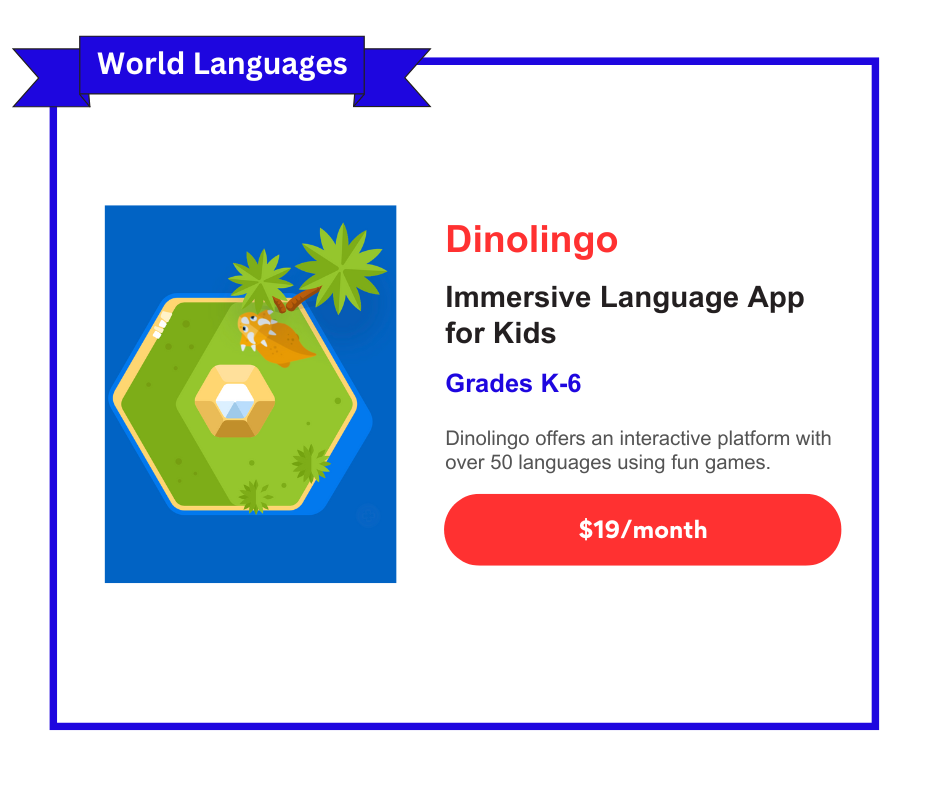
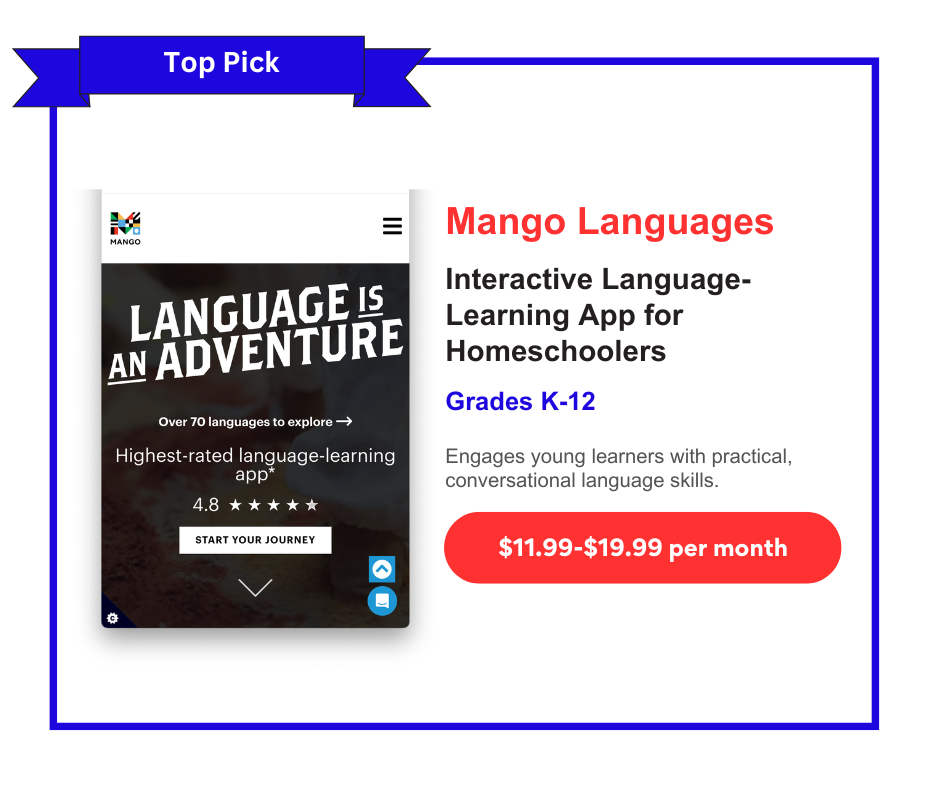
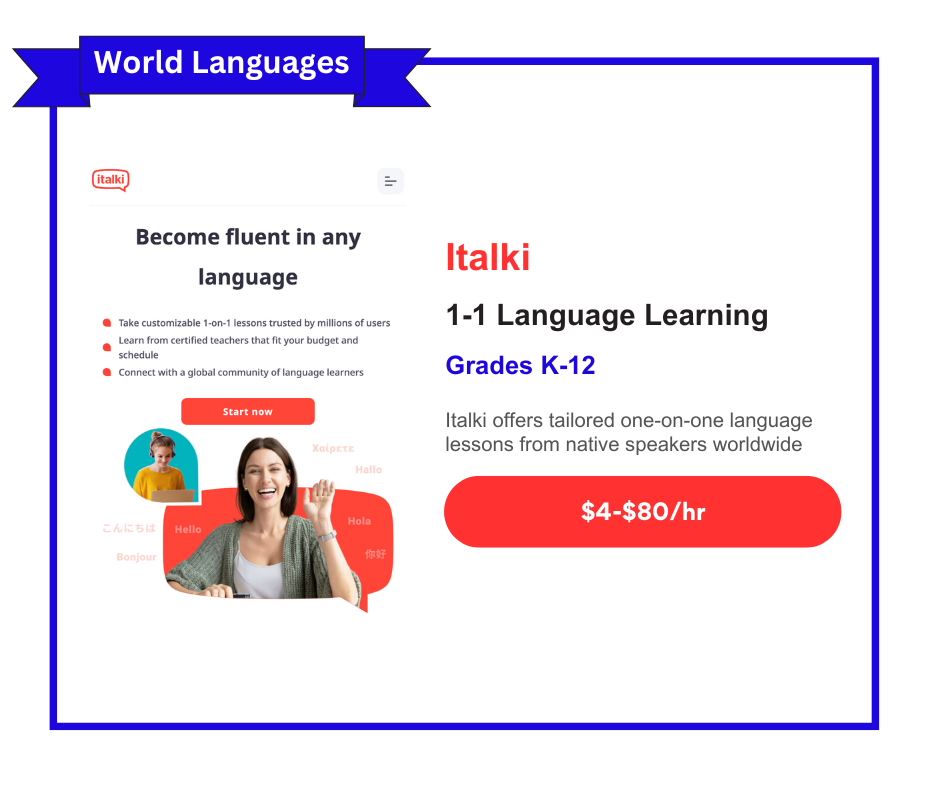

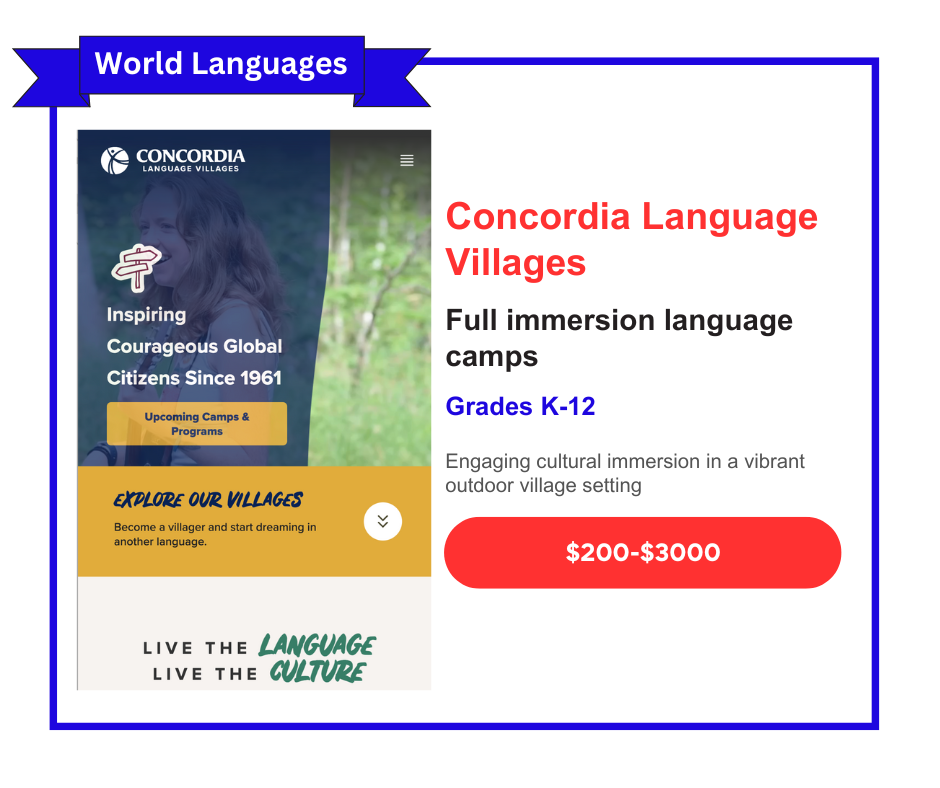

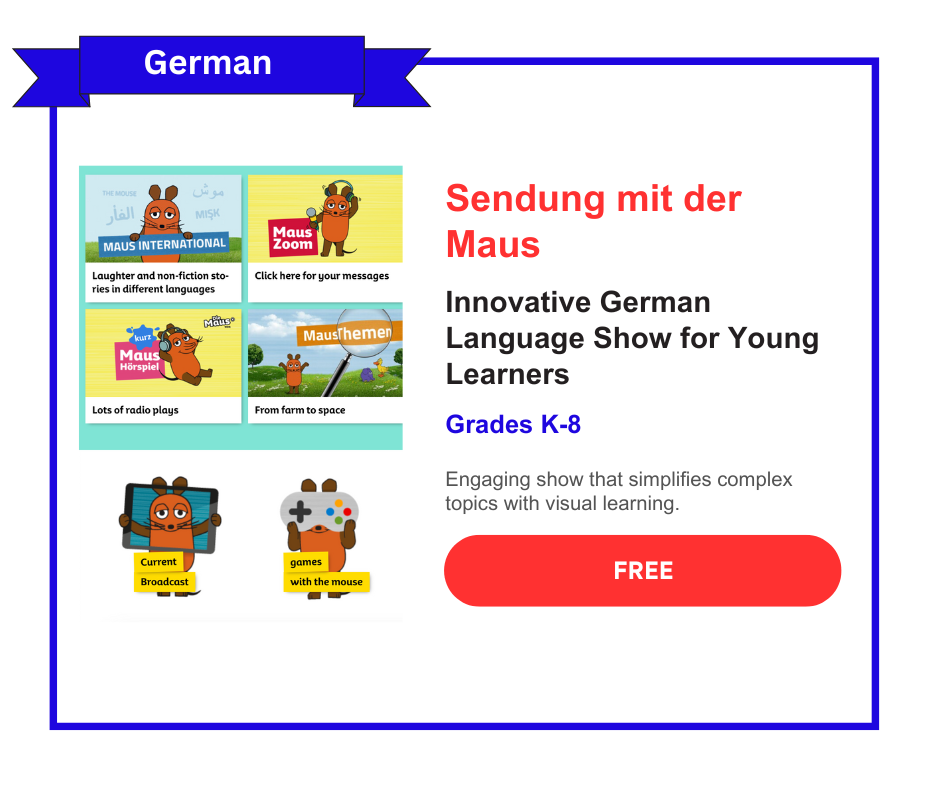


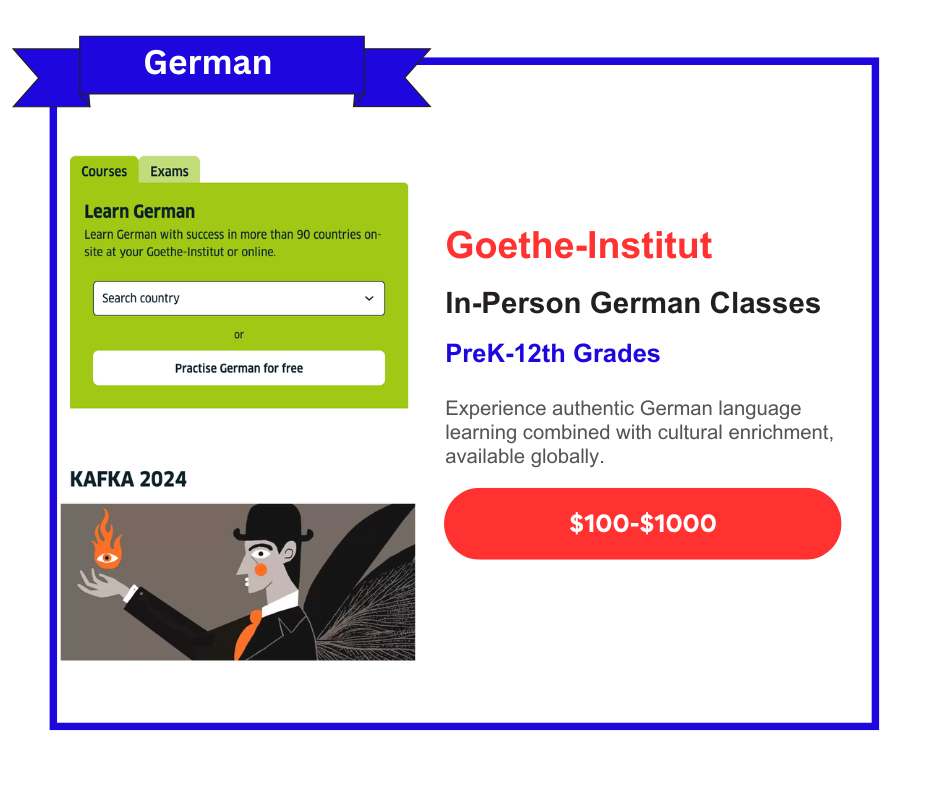
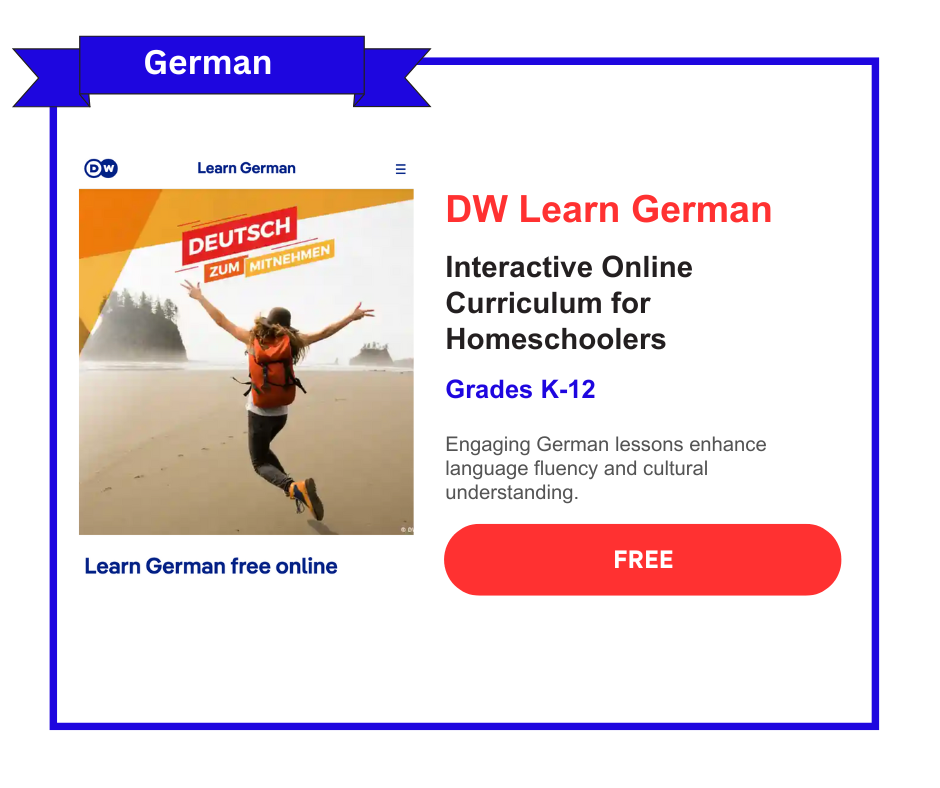
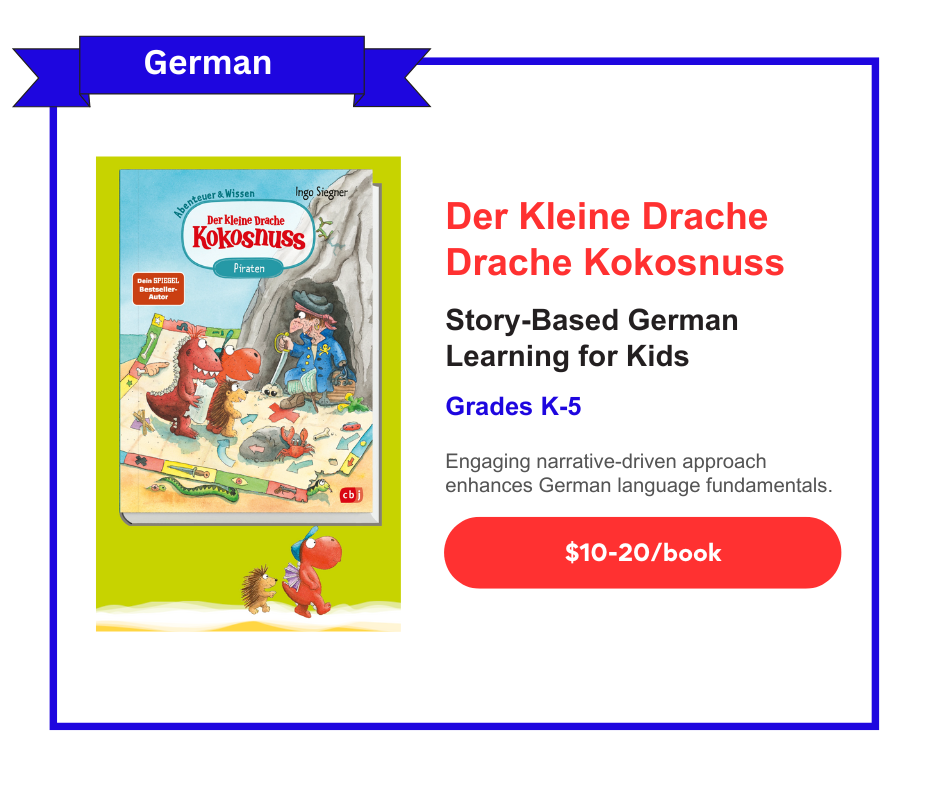

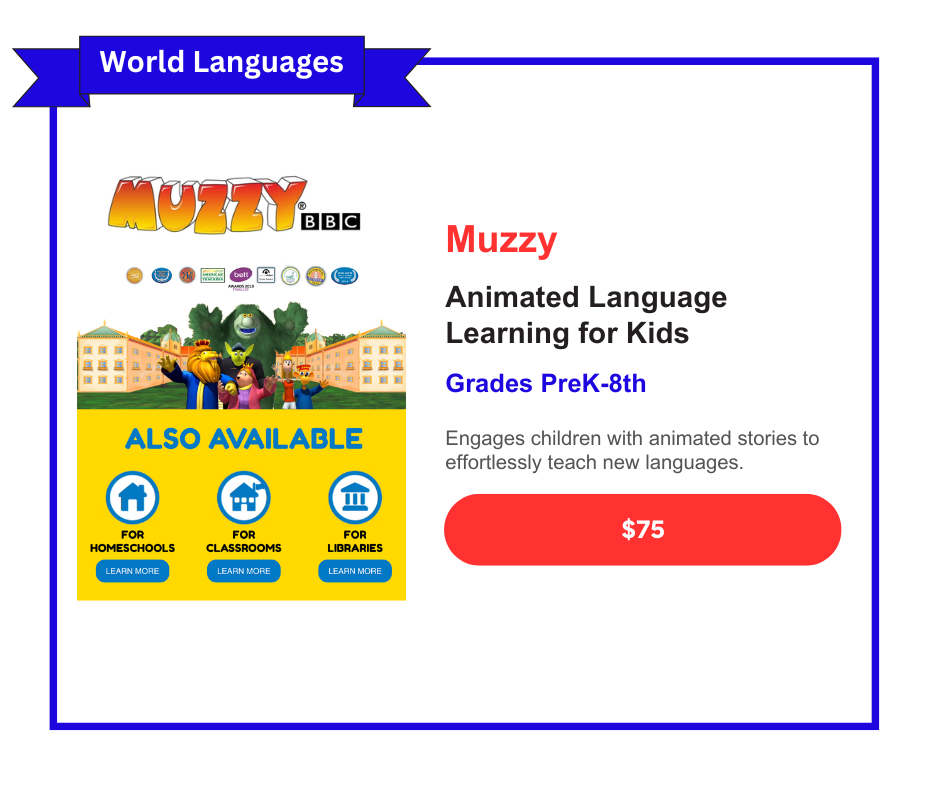
Explore how Duolingo transforms language learning into an engaging, gamified experience with our comprehensive review, ideal for homeschoolers seeking a flexible educational tool.